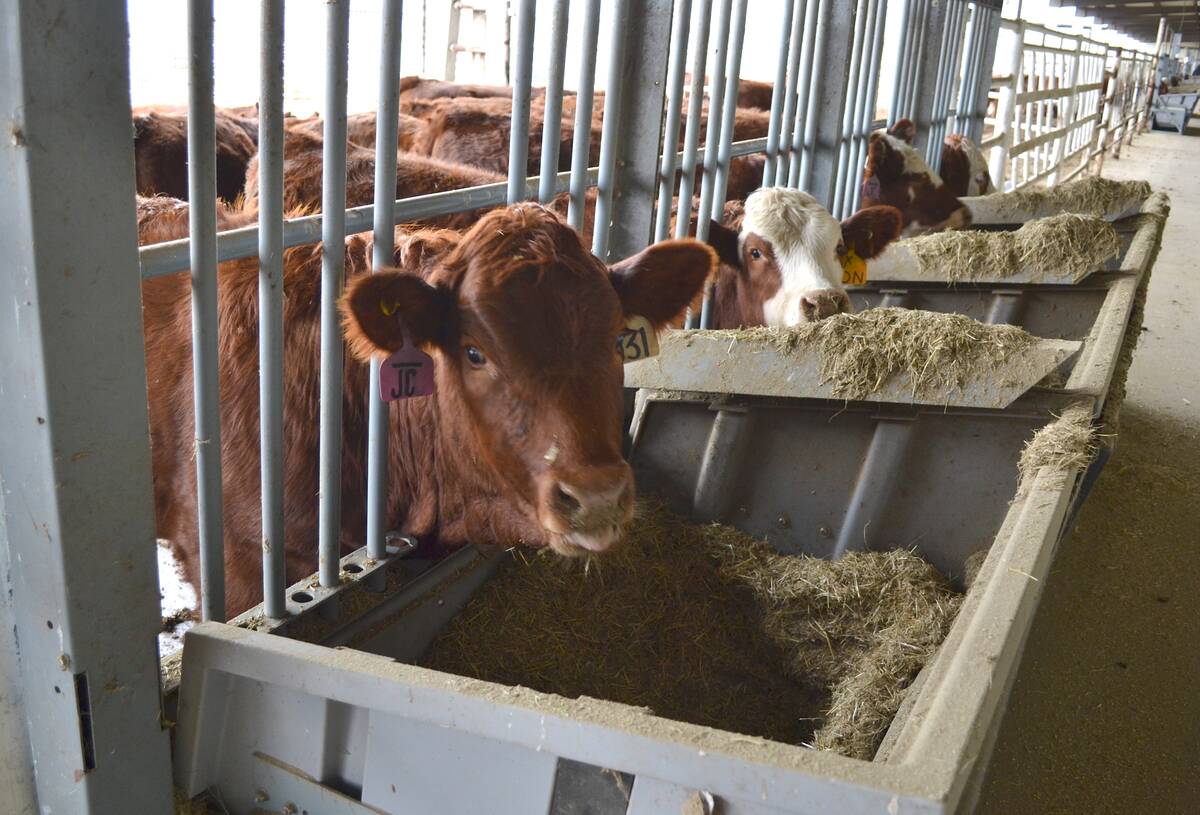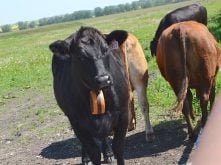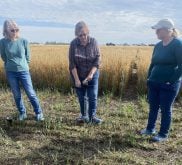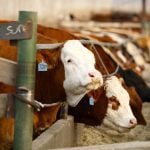Beef prices are at record highs, but Canadian herd numbers are the lowest since the mid-1980s.
A panel of experts were asked at ATB’s Cattle, Commodities and Market Insights event in Brooks, Alta., what hurdles lie ahead in a challenging market to mitigate risk.
High cattle prices in Canada makes for caution entering or continuing to navigate industry for capital investments.
Read Also

Mosquito-borne virus could be devastating to sheep breeding operations
Cache Valley virus, a mosquito-borne disease that infects small ruminants, could be a devastating hit to small operations.
Access to capital, consumer demand and the need for a long-game strategy to cope with volatile markets are the issues affecting cattle producers, said Lee Irvine, beef specialist at ATB Financial and a second-generation cattle producer with a degree in animal science.
“It’s a huge problem we have right now. You are looking at a liner-load of steers right now and you’re looking at a quarter of a million dollars, and that’s not even to fill a pen,” said Irvine.
“Now you are filling a pen at 300 head, you’re looking at literally three-quarters of a million dollars. You have to finance those cattle to expand, you want to buy land, and land values are way up. It’s hard on some of these operations.”

Cows may have been liquidated to work through previous droughts, and they now have to be replaced at sky-high prices, with heifers costing $6,700 to $7,000, Irvine said.
Couple that with consumers replacing beef with more affordable proteins, and producers are scrambling to find markets.
Irvine quoted a Canada Beef study showing that when consumers leave beef for another protein source such as pork or chicken, it is harder to get them to return to beef down the road.
“With our current prices, and people are struggling to pay their bills, they might go to another (cheaper) protein. How do we get them back on that? Based on taking beef out of the retail shelf, that backs up the coolers, that backs up the packers, it slows them down. We are seeing this, and then that backs the feedlots up,” he said.
“Now those feedlots can’t buy calves, and the whole system gets backed up. It’s a trickle-down effect for sure.”
Hot carcass weights are up seven pounds on steers and 19 lb. on heifers on a five-year average, he added.
Irvine said producers are trying to keep their operations afloat by removing animals at the right time. For example, he added, perhaps it is time to sell their eight-year-old cows to pay down debt, and then get back in as the cycle crests and the market drops a bit.
“The question I ask every producer is, in the valley of the next cycle, which we know is going to happen in the next five or six years, how many cows do you need to have to be able to pay your debts and feed your family?” Irvine said.
“That’s where we reverse build your strategy in your operation.”















